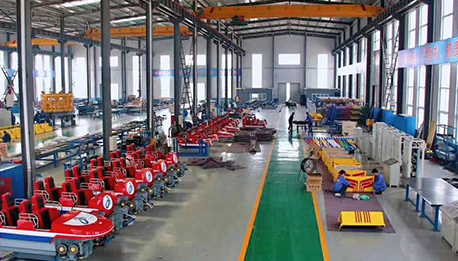- Albanian
- Arabic
- Belarusian
- Bengali
- Czech
- English
- French
- German
- Hebrew
- Hungarian
- Indonesian
- irish
- Italian
- Japanese
- kazakh
- Persian
- Russian
- Thai
- Uzbek
- Vietnamese
first carousel
The First Carousel A Journey Through Time and Innovation
The carousel, often recognized as a symbol of nostalgia and joy, has a rich history that intertwines with the development of amusement and entertainment. The first carousel, known as the flying horses, emerged in Europe during the Middle Ages as a form of training for knights. This captivating invention has evolved significantly over the centuries and remains a beloved attraction in amusement parks around the world.
The origins of the carousel can be traced back to the 12th century when knights would practice their jousting skills by riding horses in circles while tossing balls at one another. This sport, known as carrousel, was not only a display of skill but also a festive event that brought communities together. The concept grew popular and began to evolve into the carousel we know today, transitioning from a training exercise to a form of entertainment.
By the 17th century, the idea of the carousel had reached fairgrounds and amusement parks, transforming into a carousel ride featuring decorative horses and various motifs. These early carousels were often hand-carved and painted, showcasing the craftsmanship of the era. The intricate designs and vibrant colors captivated the imagination of the public, making it a favorite among families.
The Industrial Revolution in the 19th century brought about significant changes to the carousel. With advancements in technology and manufacturing, carousels began to be produced on a larger scale. The introduction of steam-powered engines allowed for more elaborate mechanisms, leading to the creation of larger, more complex rides. The first mechanized carousels emerged, complete with intricate designs, lights, and music, which elevated the experience for riders. This period marked the transition from handmade craftsmanship to mass production, bringing carousels to a broader audience.
first carousel

The iconic wooden carousel horse, often associated with the traditional carousel, has its own fascinating story. Originally, these horses were modeled after real-life steeds, meticulously carved from wood with a focus on detail and artistry. Some of the most famous carousels in history featured horses designed by master carvers such as Charles Carmel and Gustav Dentzel, whose works are now considered artistic masterpieces. Each horse was unique, adorned with vibrant colors, intricate patterns, and decorations that celebrated different cultures and styles.
As the 20th century approached, carousels continued to evolve, incorporating new materials and designs while maintaining their whimsical charm. The early 1900s saw the emergence of electric carousels, which enabled faster speeds and more dynamic movements. This era also brought about themed carousels, where riders could ride exotic creatures like lions, giraffes, and even mythical figures, expanding the adventure beyond traditional horses.
Despite the passage of time and the rise of modern amusement parks, the carousel remains a cherished attraction. It symbolizes childhood innocence, reminding us of simpler times filled with laughter and joy. Many contemporary carousels still pay homage to their historical roots, blending classic designs with modern aesthetics. They often serve as a centerpiece in amusement parks and fairs, attracting families and individuals of all ages.
The enduring legacy of the carousel can be seen in its continued popularity. From vintage carousels sporting hand-carved horses to modern, high-tech rides featuring cutting-edge technology, the spirit of the first carousel lives on. It is not just a ride but a cherished tradition that transcends generations, inviting us to experience a moment of joy amidst the hustle and bustle of modern life.
In conclusion, the first carousel represents more than just an amusement ride; it embodies the evolution of entertainment and community engagement throughout history. From its origins as a knightly training exercise to a cherished symbol of childhood memories, the carousel remains an enduring source of happiness, inviting us to step back in time and embrace the simple joys of life. Its journey through innovation serves as a testament to the timeless appeal of this enchanting attraction, ensuring that it will continue to spin and delight for many years to come.
-
Flume Ride-Hebei Zhipao Amusement Equipment Manufacturing Co., Ltd.|Thrilling Water Attraction&Customizable DesignJul.30,2025
-
Flume Ride - Hebei Zhipao Amusement Equipment | Water Coaster, Thrilling DescentJul.30,2025
-
Flume Ride - Hebei Zhipao | Thrilling Water AttractionJul.30,2025
-
Flume Ride: Thrilling Water Attraction by Hebei Zhipao|Log Flume Manufacturers&Flume Ride DesignJul.30,2025
-
Flume Ride-Hebei Zhipao Amusement Equipment Manufacturing Co., Ltd.|Thrilling Water Coaster, Safe DesignJul.30,2025
-
Flume Ride-Hebei Zhipao Amusement Equipment Manufacturing Co., Ltd.|Thrilling Water Attraction, Safe DesignJul.30,2025
